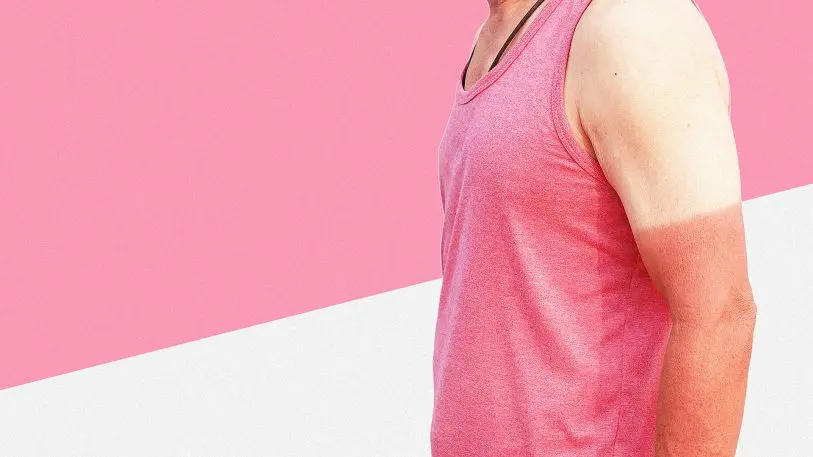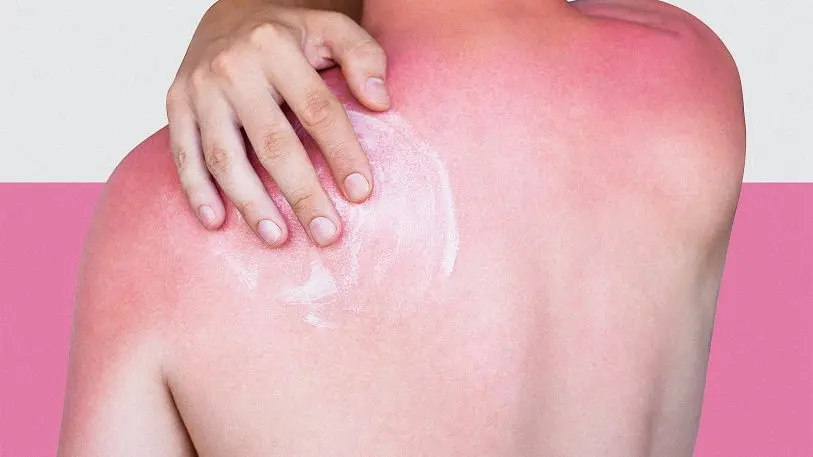As someone whose skin is so pale it veers into blue, I funnel an absurd amount of money into the sunscreen industry each year, starting right around now. It’s an expense, so I tend to grab whatever’s cheapest; if I’m lucky, there’s a buy one, get one 50% off deal at the drugstore.
But my thrifty approach may, according to the 2017 Guide to Sunscreens just released by the Environmental Working Group (EWG), be setting me up for a host of unpleasant and costly health problems down the line. Around three-quarters of products on the market fail to actually protect skin from the sun; some actually exacerbate the skin’s sensitivity to damaging rays. Many others contain ingredients that you don’t want to be rubbing on your skin.
This is the 11th year of the EWG’s sunscreen guide, and since its inception, the industry has been slow to change. When we wrote about the 2010 guide, just 8% of the 500 products the EWG tested passed muster in terms of sunburn and UV protection. Now, they’ve tested over 1,500, and found that just 215 beach and sport sunscreens–around 14%–will satisfactorily shield your skin.

One of the main fallouts from this lack of oversight is sunscreens labeled with an SPF–sunburn protection factor–of well over 50, sometimes as high as 100. Theoretically, Lunder says, an SPF of 100 means that you could stay out in the sun 100 times longer than you would under unmodified circumstances. “But this is probably my biggest beef with the sunscreen industry,” Lunder tells Fast Company. “You look at an SPF 100 product and that implies a certain level of protection, but it actually sends a very misleading message.”
SPF values are determined by applying a thick layer of sunscreen to the skin, and assessing the severity of the burn that develops after masochistic volunteers are exposed to lights of varying intensity in a lab. Not only do these conditions not mimic real-life scenarios, but they also produce scattershot results: When Proctor & Gamble tested a competitor’s SPF 100 product, they found the protection ranged from SPF 37 and SPF 75. The numbers are more like a strong marketing ploy: People flock to high-SPF products because they think they can apply them once and forget about them, Lunder says. But cheap sunscreens contain ingredients that break down in the sun and wash off in wind and water, and people neglect to reapply or throw on a shirt because they think the SPF 100 has them covered. “So they end up spending more time in the sun and getting more UV exposure,” Lunder says.

While high SPF sunscreens can shield people from UVB rays, which cause sunburn, they do next to nothing to protect against UVA rays, which are used in tanning beds and while they don’t cause burns, can heighten the risk of melanoma later in life. The damage from UVA rays is much more subtle, and often doesn’t immediately show on the skin. However, UVA exposure adds up throughout a person’s life without proper protection, which Lunder says is only offered through mineral-based sunscreens containing either zinc oxide or avobenzone, neither of which break down in the sun.
The issue with mineral-based products, Lunder says, is they often, when applied, tint the skin white, and don’t have the cosmetic appeal of breezy sprays (which are largely ineffective because they fail to coat the skin) or SPF-tinged moisturizers. The latter, though, are especially dangerous because they contain additions like oxybenzone and the Vitamin A-based retinyl palmitate, which are included for anti-aging benefits, but heighten the skin’s sensitivity to UV rays and may speed the development of tumors.
When sunscreens advertise “broad spectrum” protection, they’re claiming that they protect against both UVA and UVB rays, Lunder says. But UVA and UVB protection do not harmonize, and because the FDA caps the number of active ingredients in a product, high SPF sunscreens–which are geared toward protecting against UVB rays–leave very little room for anti-UVA ingredients like zinc oxide and avobenzone. Regulations in Europe, Lunder says, mandate a more even balance between UVA and UVB protection, so while the SPF numbers may be lower across the pond, the “broad spectrum” claims are more valid.
So how might beachgoers, preparing to shake off the drab, rainy cloak of spring, navigate the sunscreen aisle before heading to the shore? The EWG makes it easy, with a list of tips: Steer clear of products labeled with SPFs higher than 50; avoid sprays, which can’t be applied as thickly, avoid oxybenzone and Vitamin A, and check out this handy list of EWG-approved products. And when in doubt, always bring a shirt and hat.
Recognize your company's culture of innovation by applying to this year's Best Workplaces for Innovators Awards before the extended deadline, April 12.
